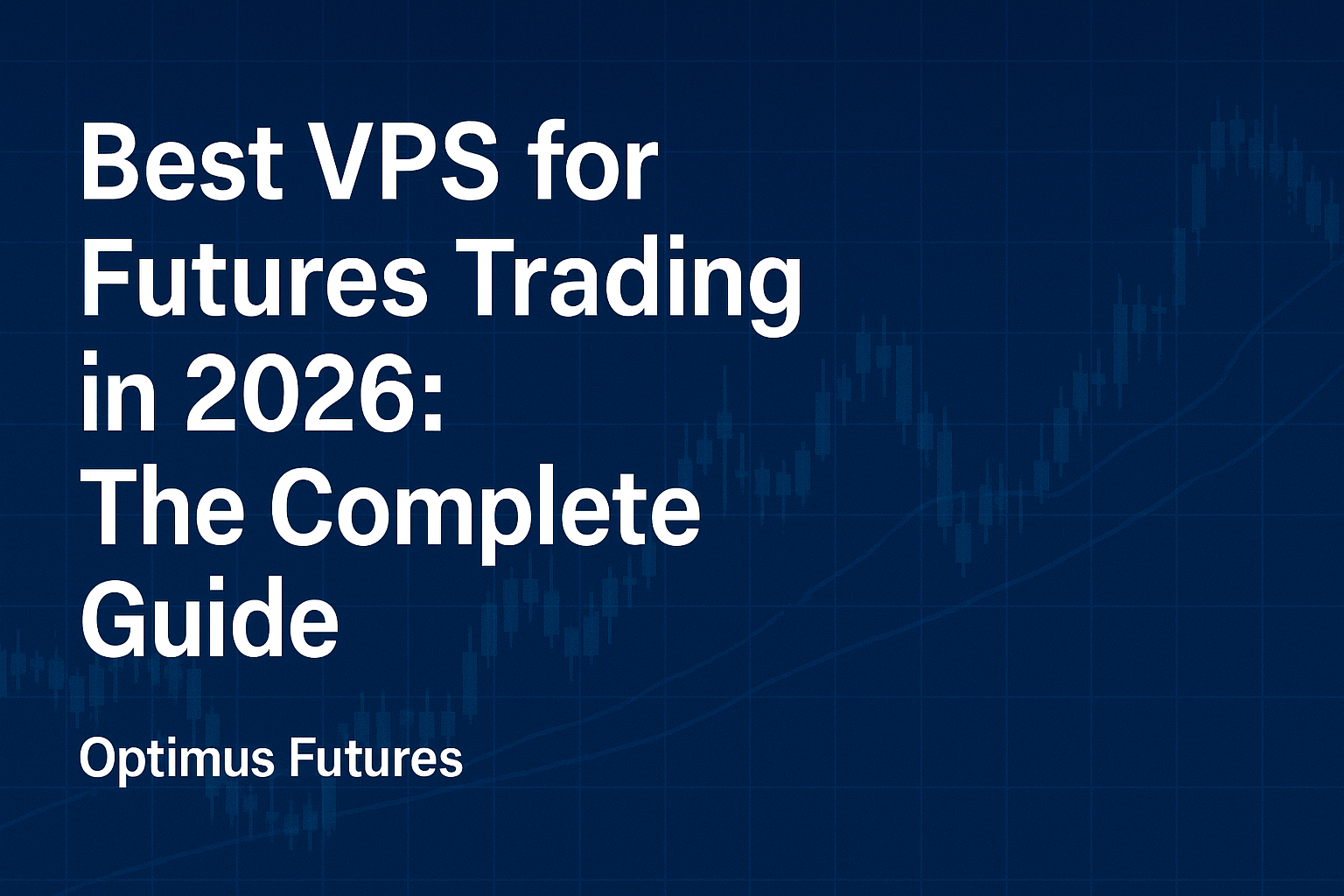This article on Trading Futures in Your IRA (Retirement Account) is the opinion of Optimus Futures.
Our retirement accounts tend to grow over time. The older we get, the less risk-averse we become, and the more we desire diversification.
Quite often, investors expand their horizons, moving beyond buying and selling stocks to add in options—as a tool for enhancing their returns.
Yet, most people aren’t aware that they can trade futures, options, and commodities in their retirement accounts.
Sometimes folks are scared away by the leverage awarded from trading futures and options. It’s true, trading futures, options, and commodities isn’t for everyone.
That’s why it’s essential everyone understands all different futures products and services—and how to best utilize them to meet your retirement goals.
In fact, a strategic investor may decide to use futures or options to hedge against their long stock portfolio.
This article aims to help new and experienced traders:
- Become familiar with futures trading in retirement accounts
- Why someone might choose trade futures in retirement accounts
- What products are available
- How you can manage your risk
- Selecting a custodian
Why Trade Futures in Your Retirement Account
Trading futures in your retirement account gives you more flexibility and options in terms of strategies, hedging, and outright speculation.
Using the previous example, an investor might own a basket of 30 stocks that pay hefty dividends. However, they expect markets to pull back in the coming months.
That investor could perform a beta-weighting calculation on their portfolio to the S&P 500 to determine their directional risk.
Then, they could short as many micro or E-Mini S&P 500 futures as necessary to lower their directional risk.
Futures offer the investor a capital-efficient way to offset directional risk while still maintaining ownership of their equities, allowing them to collect dividend payouts along the way.
On the flip side, investors can use micro or E-mini futures to speculate on various products, including some they can’t directly trade through ETFs such as wheat, corn, and even currencies.
Taking that a step further, investors can create pairs trades between correlated indexes such as the S&P 500 and Nasdaq 100 to profit from divergences.
Futures products provide investors with additional benefits including:
- Near round the clock trading
- No pattern day trading rules
- Capital efficiency through leverage
- Centralized clearing exchange
You see, retirement accounts don’t allow you to short a stock. You may be allowed to buy puts or take other option trades that create bearish bets, but you cannot outright short a stock.
Futures accounts have no such restrictions. Traders and investors can easily go long or short different contracts as they see fit. Plus, retirement accounts do not allow for you to trade stocks with leverage. Since futures contracts use leverage, adding them to your retirement account, or creating a separate retirement account for them adds alternative products to your portfolio.
Also Read | Tax Advantages of Trading Futures Vs. Stocks
What Products Are Available
Most investors tend to stick with exchange traded products including exchange traded funds and exchange traded notes.
While the ETFs that cover the more popular indexes such the S&P 500 and Nasdaq 100 are highly liquid, many others aren’t.
For example, the Teucrium Wheat Fund uses futures to track the price of wheat. With roll costs included, the annual expense ratio is a whopping 1.91%. And before the recent rise in wheat prices, the ETF only traded 200,000 shares a day, which given the sub $10 price, is pretty illiquid.
Or let’s say you wanted to profit from a rise in the dollar.
You could choose the leveraged UUP ETF. However, it would take enormous movements in the dollar to generate a profit, whereas dollar futures allow you more flexibility to choose how much you want to risk.
Across the spectrum, investors can choose from a wide variety of futures instruments including:
- Stock Indexes
- Currencies
- Metals
- Energy
- Commodities
- Volatility
- Agricultural Products
These micro contracts offer retail and institutional traders more flexibility and options when optimizing their trades and strategies.
Managing Your Risk
As you’re probably aware, leverage is a double-edged sword. When used correctly, it can allow you to maximize your capital allocation. Used incorrectly, and you can find yourself with excess exposure to a particular sector or price movement.
If you are considering whether to trade futures in your retirement account, you need to understand the risks involved.
First, let’s talk about leverage.
As leveraged contracts, futures products allow a trader to control multiples of an asset using only a fraction of the value.
For example, the micro E-Mini S&P 500 controls $5 x the S&P 500 index or roughly $21,300 of notional value.
Day trading margin requirements can be as low as $40 per contract with overnight margins at $1,150.
That means you’re getting leverage of $21,300/$40 = ~530x during the day and ~18.5x overnight.
While that can be alluring, it can also work against you. Exceptionally volatile markets can send prices moving quickly in either direction. If your position moves too far against you, you can find yourself owing your broker money.
That’s why it’s critical to understand the relationship between the leverage you take and your overall portfolio.
As we mentioned earlier, investors can use futures as a means to hedge directional risk.
Let’s say you own a bunch of different stocks from Google to Goldman Sachs with an account that has a value of $50,000 in total.
Using a calculator, you determine that my beta-weighted exposure is +20x the S&P 500.
That means you should expect that every +$1 move in the S&P 500 should produce a +$20 move in my portfolio.
If you believe that you have too much of a bullish bias, you can offset that +$20 beta weighting using four micro E-mini S&P 500 contracts, which would require a bit more than $4,000 in total capital.
That’s a lot less money than if you needed to short 20x the index which would require more than $80,000 in cash.
Custodial Accounts
In order to trade futures, you will need to have an account set up with a custodian. A custodian is simply a financial institution that ensures to meet all the rules and regulations necessary for futures trading.
Oftentimes, but not always, this means you will need an entirely separate account for trading futures than from the one where you invest in equities.
Open Your Futures Trading IRA Account Today
Maybe all of this is new to you or seems a bit over your head.
Not to worry.
Optimus Futures offers boutique customer service that can answer all your questions and walk you through the process of opening your account and navigating the platform.
Plus, you can test drive our flagship Optimus Flow platform absolutely free simply by setting up an account.
And when you’re ready to start trading for real, you can get going for as little as $500.
See what futures trading has in store for you.
Disclaimer: There is a substantial risk of loss in futures trading. Past performance is not indicative of future results.
Please invest ONLY risk capital in your IRA account. Risk capital is defined as capital that will not have a material impact on your livelihood and lifestyle.




